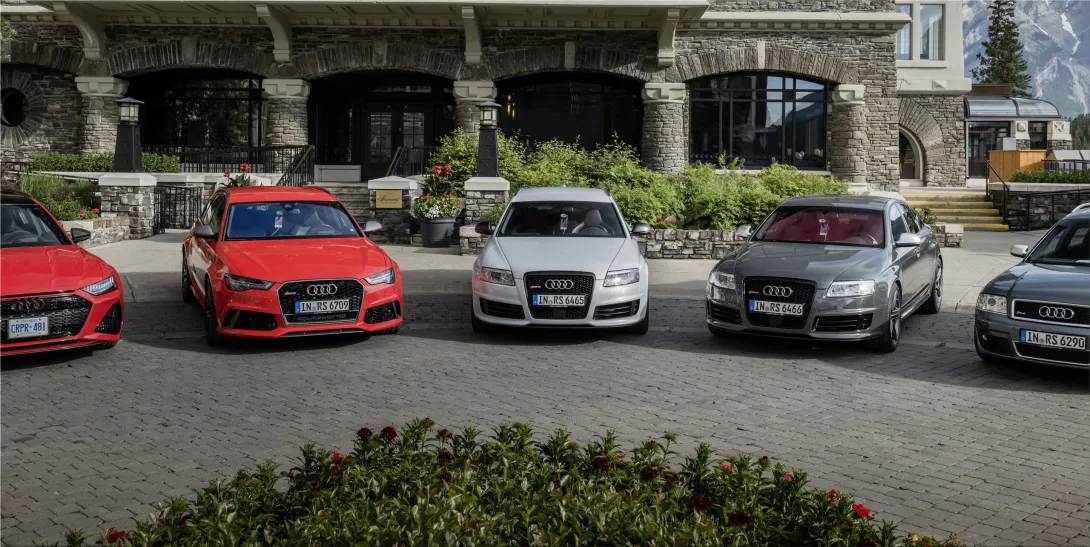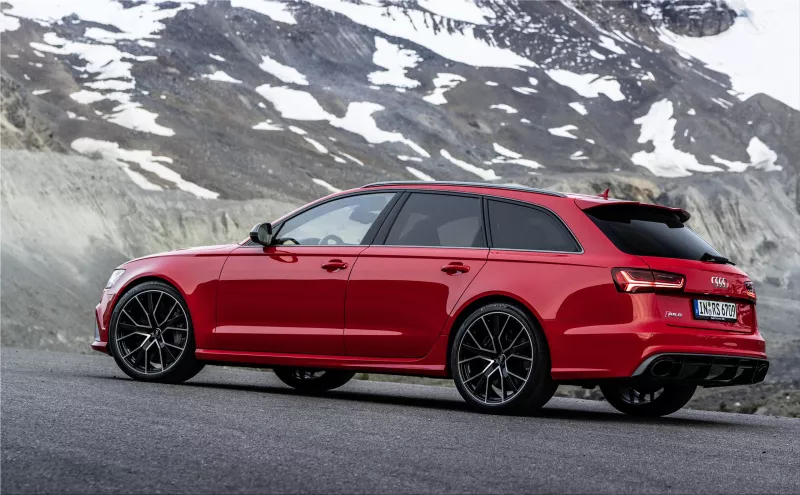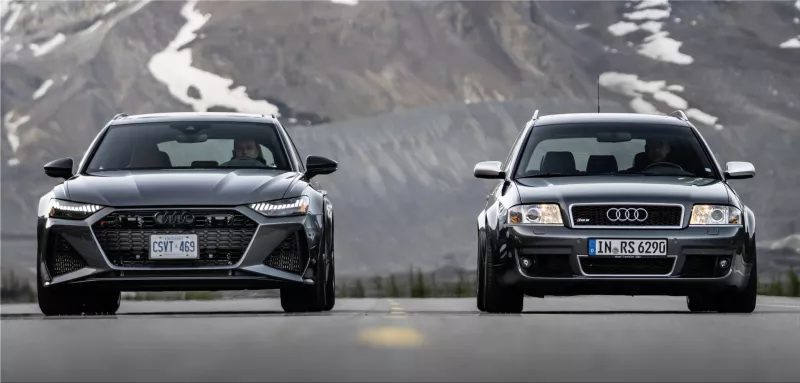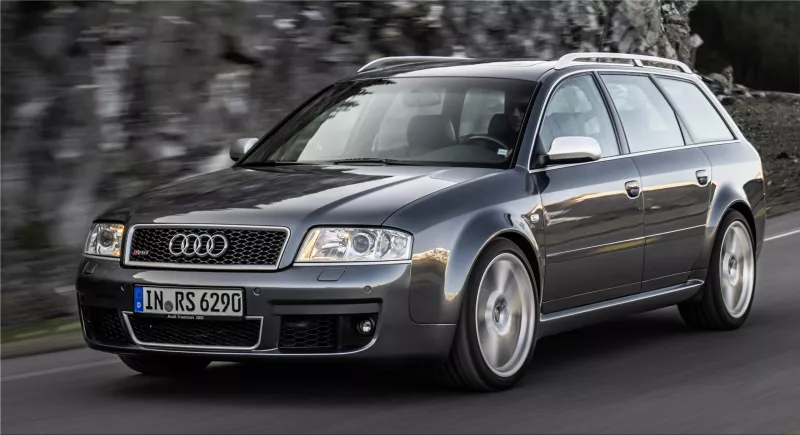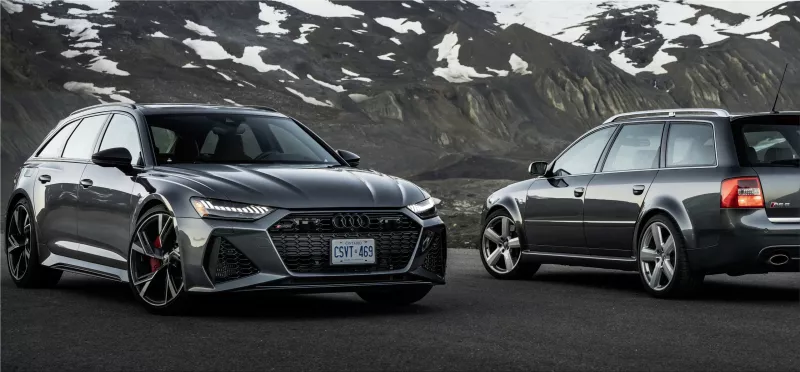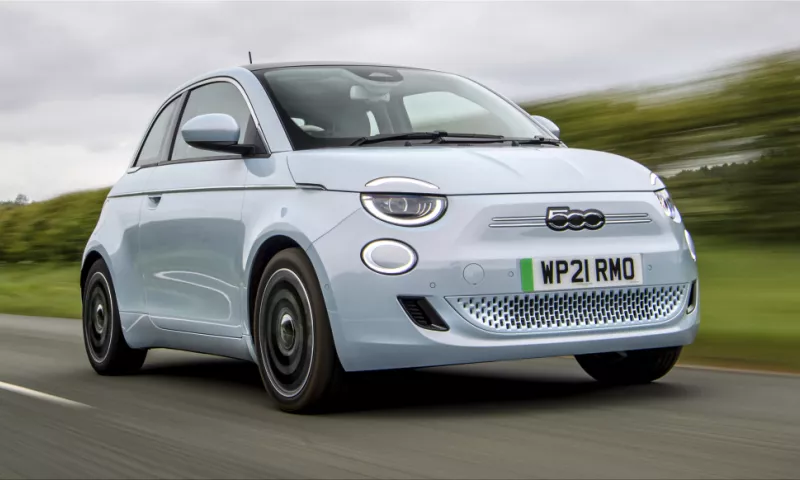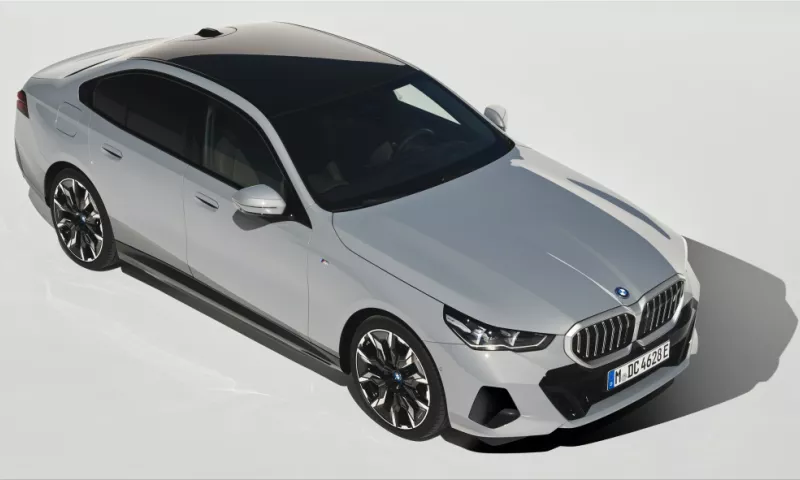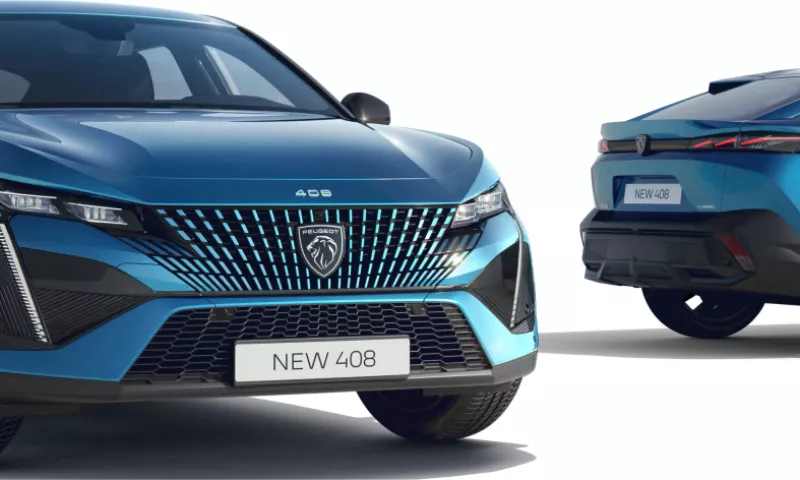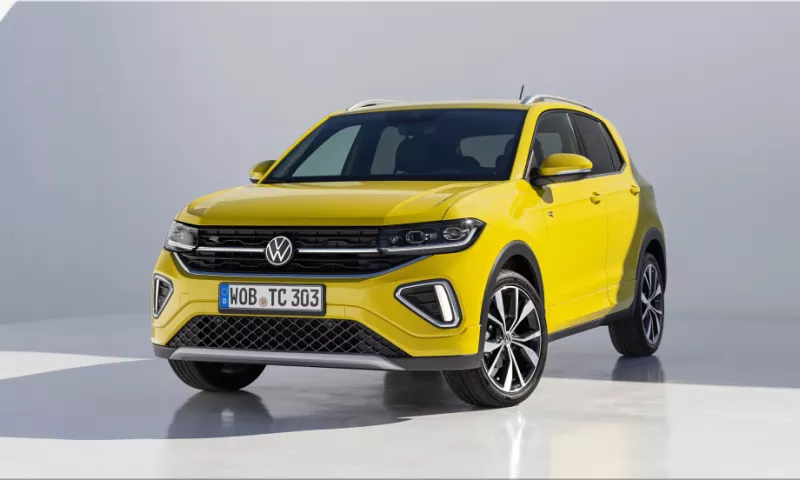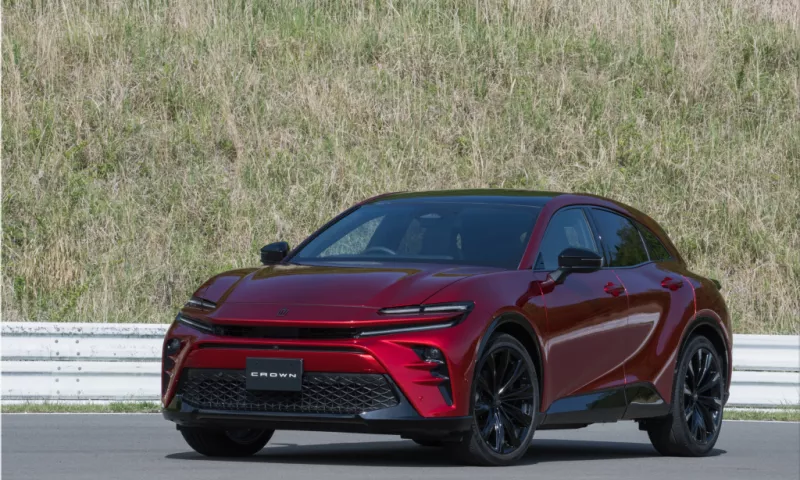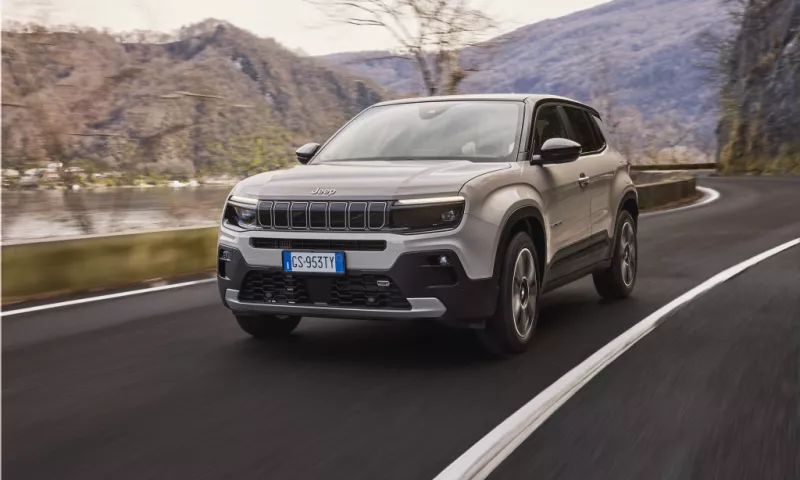With its remarkable performance and, at the same time, a high degree of usability in everyday life, the Audi RS 6 has significantly impacted the world of high-performance station wagons. The RS 6's twin-supercharged engine and four-wheel drive foundation have been a winning combination since the model's inception in 2002. The RS 6 leaves a unique imprint on the market and raises the bar for its rivals. Additionally, the technical superiority is observable in other areas, such as the Dynamic Ride Control chassis, which Audi's other RS models have long since adopted.
About a decade after the turn of the millennium, Quattro GmbH, now known as Audi Sport GmbH, began figuring out which vehicle would be next in line for a performance makeover following the RS 4. The Audi A6 is right on time. In 2001, Audi updated the outside styling of the original version (C5) while also increasing the power under the hood for the luxury segment.
Audi places a premium on motorsports, and the company's debut at the famed 24-hour race at Le Mans in 1999 saw them finish on the podium. Audi entered the record books in 2000, 2001, and 2002, and today, with 13 victories, Audi is the second most successful team in the history of Le Mans, trailing only Porsche. Audi's Quattro GmbH devotes a great deal of time and effort to tuning the Audi A6 for performance, and not just in the mechanical sense (i.e., the engine, chassis, and transmission). The car's exterior is given a facelift, getting longer and wider by 4 centimeters. The new and improved exterior includes 18" and 19" wheels, two oval exhaust tips, a spoiler for the Avant type, and a spoiler edge for the limousine.
The target is an 8-cylinder engine, and the Audi A8 model D2 is a starting point for the design. This powertrain is already in use in the S6, where it generates 340 horsepower without any further supercharging. The strong engine with modern twin-turbocharging and a displacement of 4.2 l cannot initially be in the A6's body, so Quattro GmbH extends the front end and makes 4 cm of additional space for the V8'. The first Audi RS-6's engine wasn't developed in Ingolstadt or Neckarsulm; it was perfected in England. Until 2004, British engine manufacturer Cosworth was a wholly owned subsidiary of AUDI AG; it worked in tandem with Quattro GmbH to achieve the segment-leading 450 horsepower and 560 Newton-meters of torque. The Audi RS 6's V8 engine makes quite a statement compared to its rivals.
Reasonable control is essential for peak performance. In other words, the manual transmission is already outdated. An automatic gearbox with faster shift times has been installed for the first time in an Audi RS model, allowing for a quick 0-100 km/h time of 4.7 seconds throughout all five gears. Audi's newly designed Dynamic Ride Control (DRC) suspension is used for the first time on the RS 6 Avant and limousine to achieve a perfect balance between comfort and sportiness.
Instead of using electronics to counteract the bodywork's motions in real time, vehicles with Dynamic Ride Control use steel springs with two diagonally opposed hydraulic shock absorbers. Changes in shock absorber regulation in response to steering and cornering significantly reduce longitudinal and transverse motions of the vehicle.
All first-generation Audi RS 6 models are built in a Neckarsulm plant using an assembly line and human labor, including transporting the cars from the factory to an adjacent hall. It takes the staff at Quattro GmbH almost 15 hours to complete one copy using the copy machine in the elevator.
The C5 is the only Audi RS 6 model to have also been used in motorsports. In 2003, Champion Racing's RS 6 Competition, driven by Randy Pobst, bested competitors with the same engine displacement in the SPEED GT World Challenge. The manual gear shift and the 475-horsepower V8 Biturbo engine guarantee success on the first try.
Due to high demand, the Audi RS 6 Avant is now also available in the United States. As a result, the Audi RS 6 C8 has graduated from being a niche model to a globally successful model.

